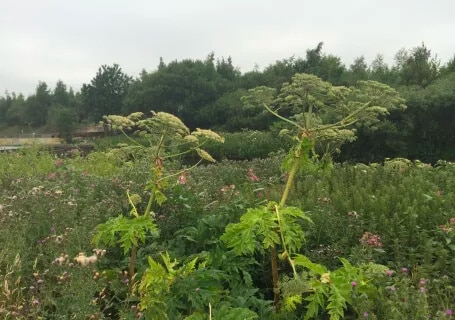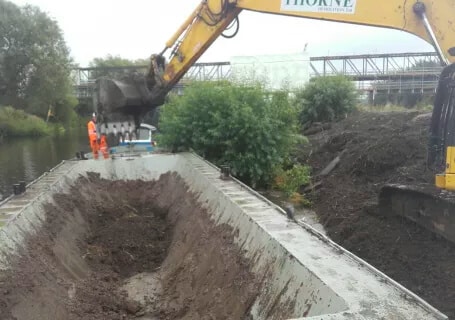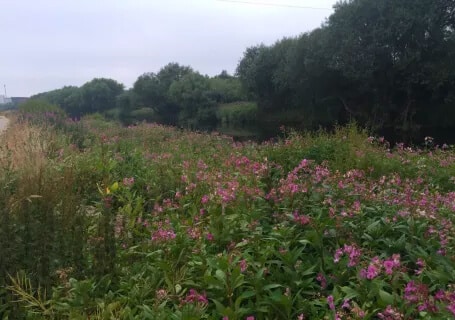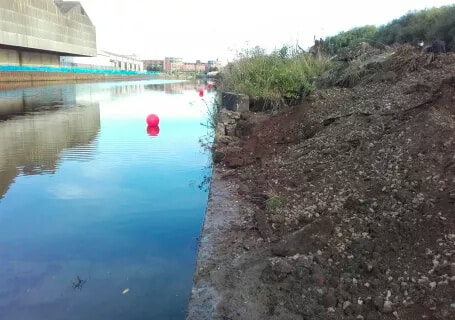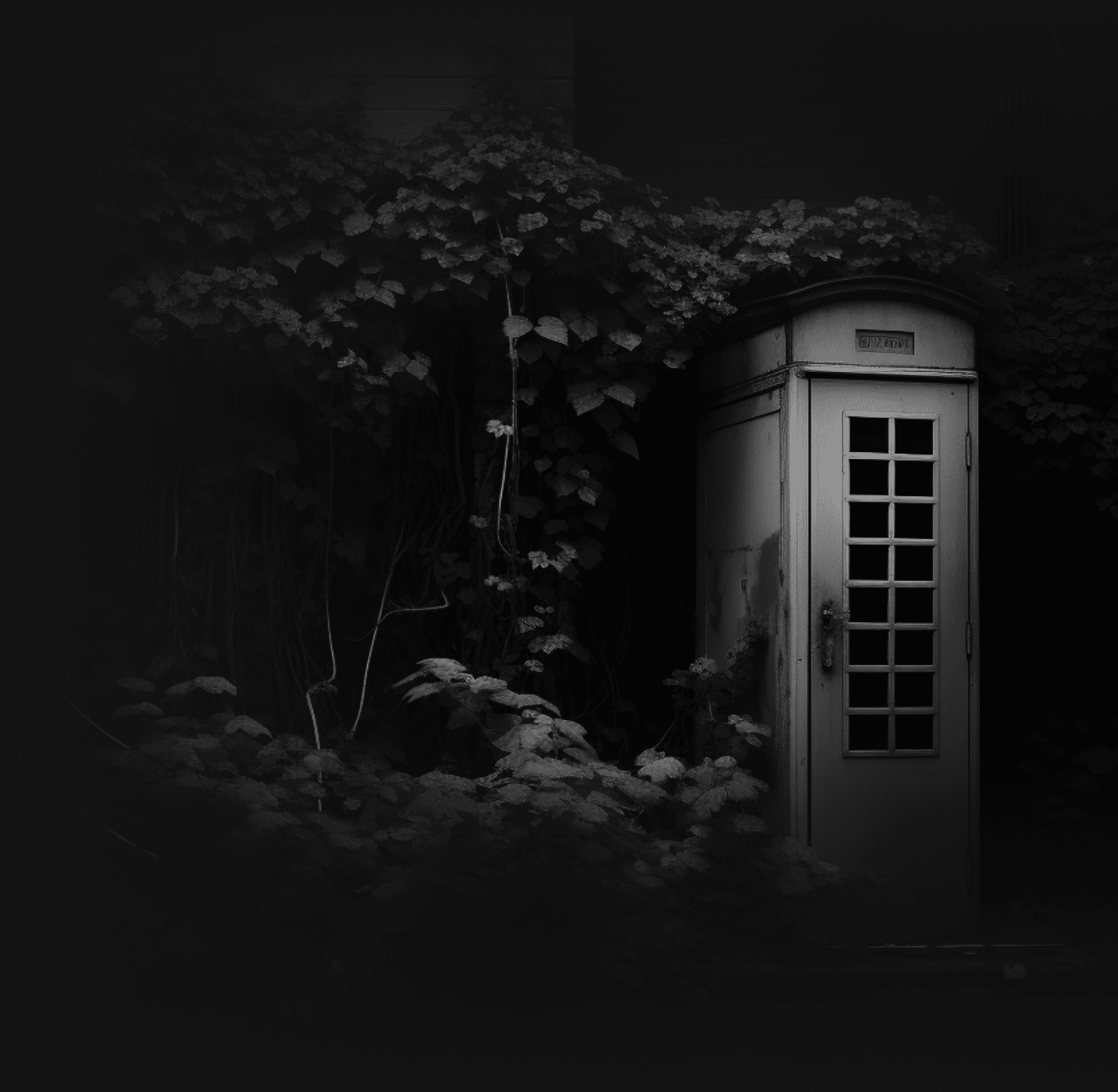
Strategy Overview: Remediation & supervision
The £45 million Leeds Flood Alleviation Scheme (FAS) is one of the largest river flood defence schemes in the country. It will see major construction work along the River Aire in the city centre and Holbeck extending 4.3km between Leeds train station and Thwaite Mills.
Flood risk is increasing throughout the UK and in recent years Leeds city centre has come close to flooding several times. There are no formal flood defences along the River Aire.
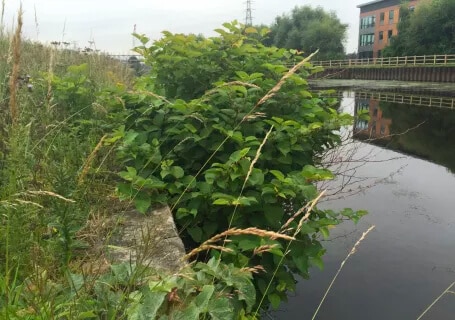
What we did
The scheme includes the installation of innovative moveable weirs at Crown Point and at Knostrop that can be lowered in flood conditions to reduce river levels and the threat of river flooding. This is the first time that these moveable weirs will have been installed in the UK.
The main construction works started in January 2015 and the project end date is March 2017.
The defences will provide the city centre and over 3,000 homes and 500 businesses with protection against flood events from the River Aire and the Hol Beck. It will also protect 300 acres of development land and open up key regeneration opportunities in the South Bank area. The scheme will also help safeguard 22,000 jobs over the next 10 years and create 150 jobs and apprenticeships to work on the project.
JKSL were appointed to survey Knostrop cut for Japanese knotweed, Himalayan balsam and Giant hogweed prior to the complete removal of the cut dividing the River Aire and the canal.
The cut was heavily infested with all three invasive species. We plotted these invasive species on the project drawings, administered herbicide to the Japanese knotweed/Giant hogweed and removed the Giant hogweed seed heads to prevent dispersal into the watercourse.
We then liaised with the client and produced a robust removal methodology to eliminate the high risks of working in such a challenging environment. We supervised the client excavating the materials, loading them into barges, transporting them upstream, unloading them, relocation into tipper wagons and arranged for the disposal of these materials at a local landfill (no on site remediation methodologies were viable). We implemented a strict clean site policy alongside the client and the Environment Agency to control the intricate excavations along the water’s edge.
